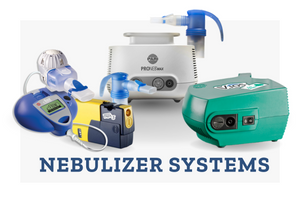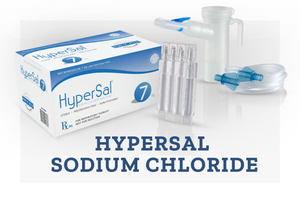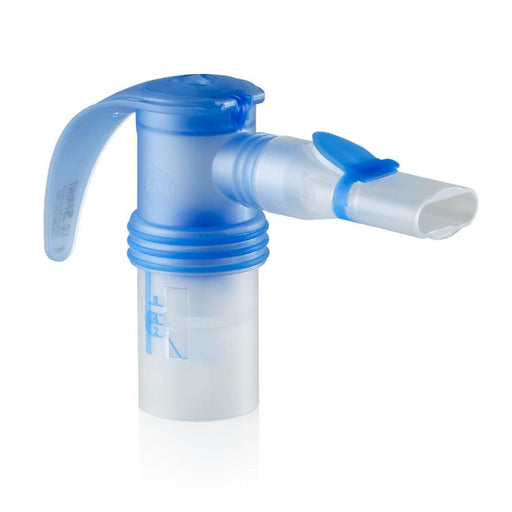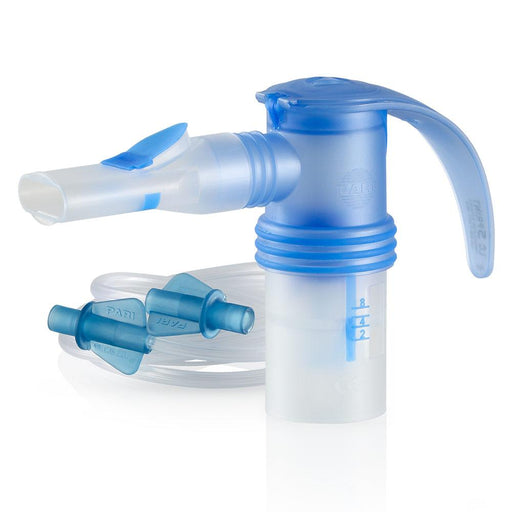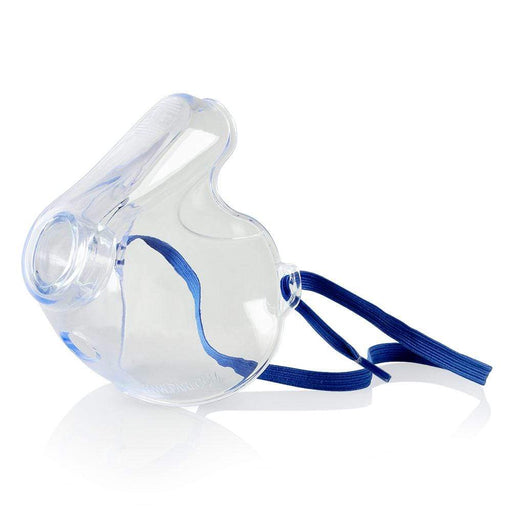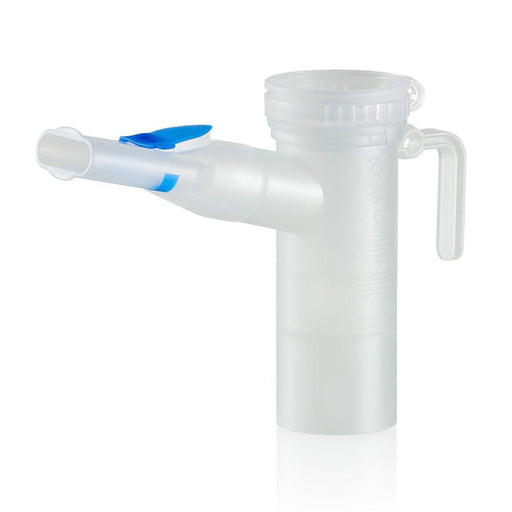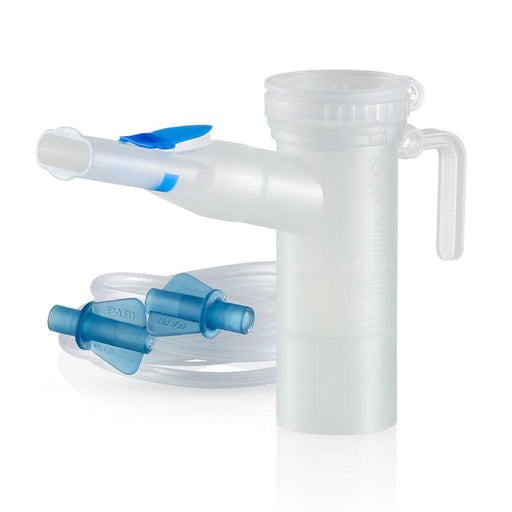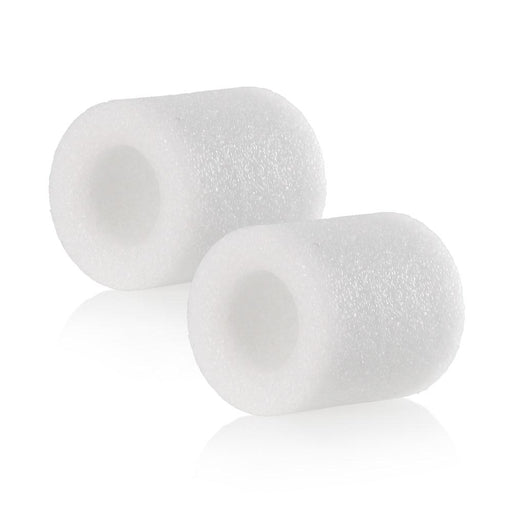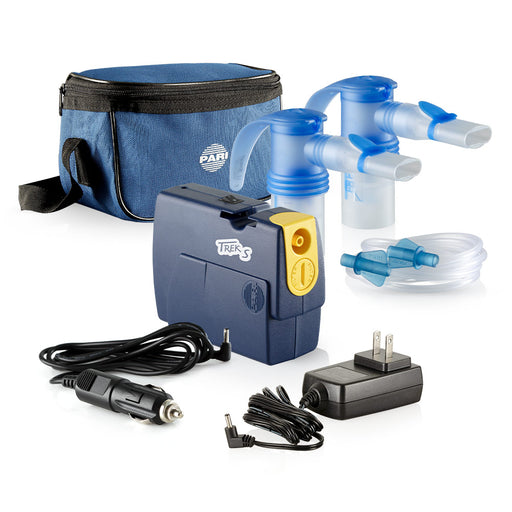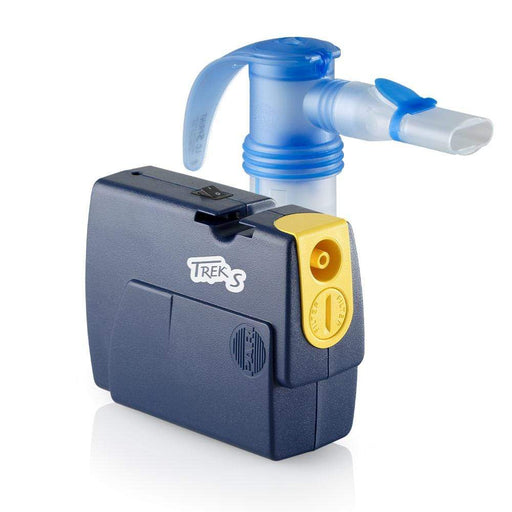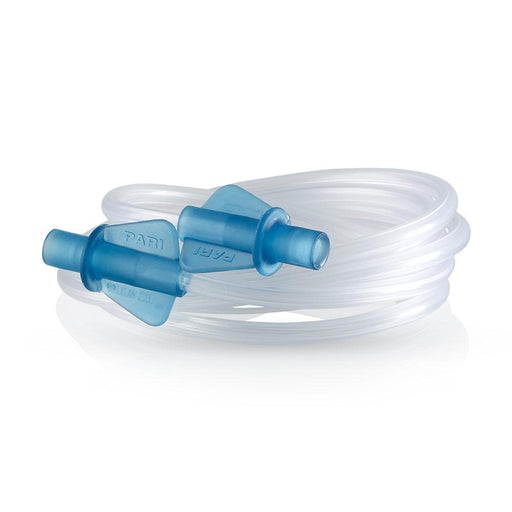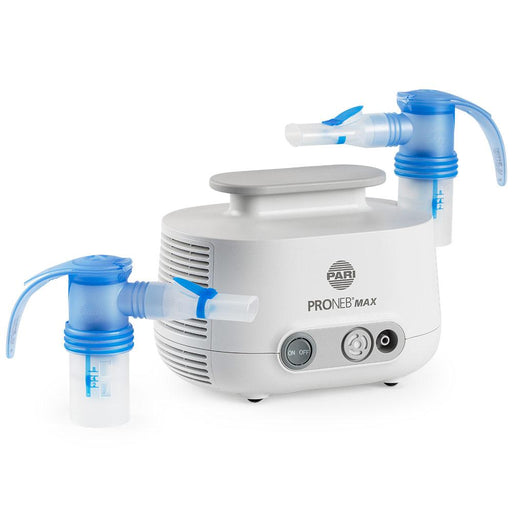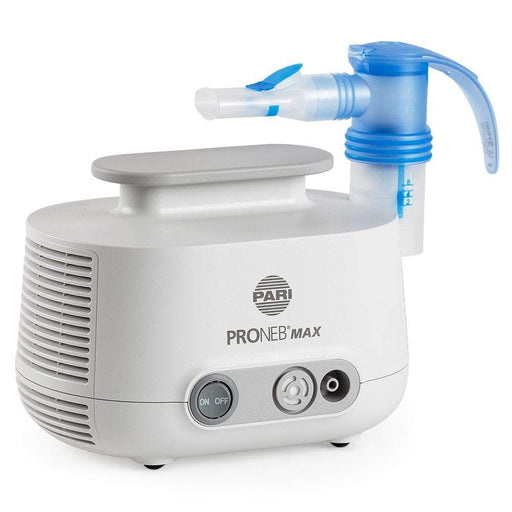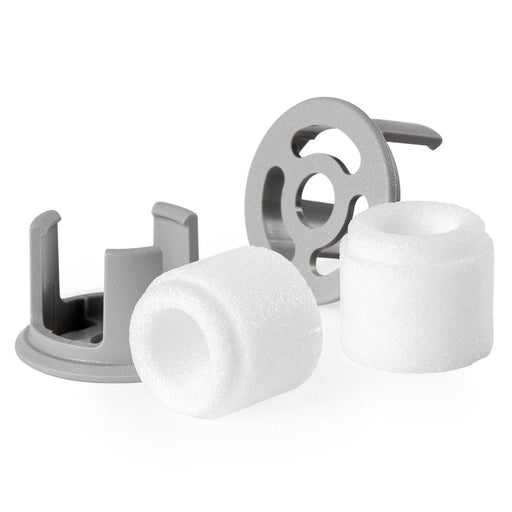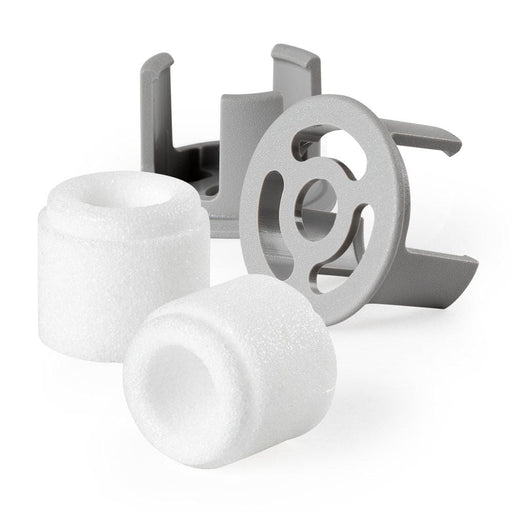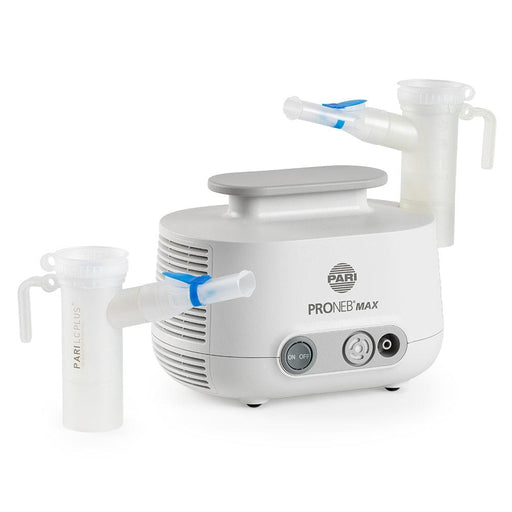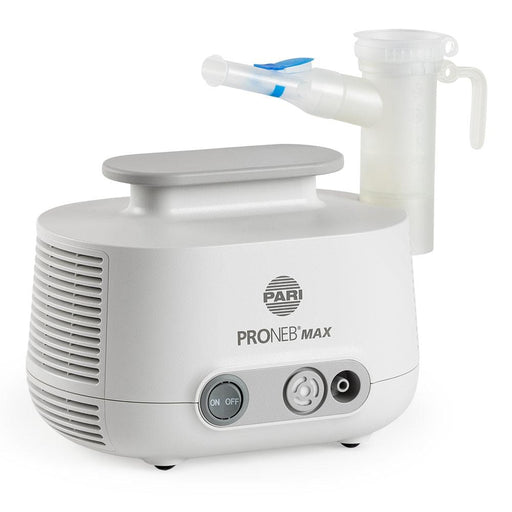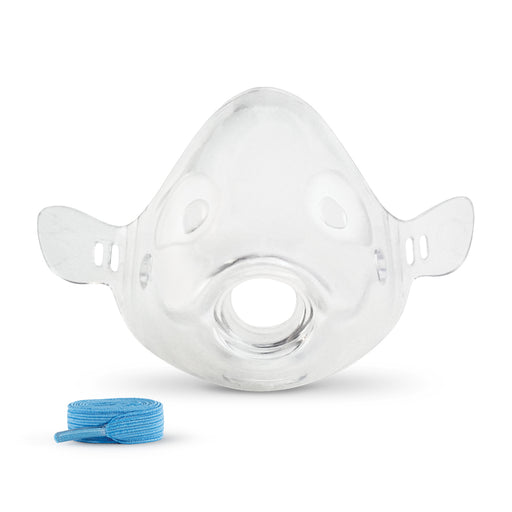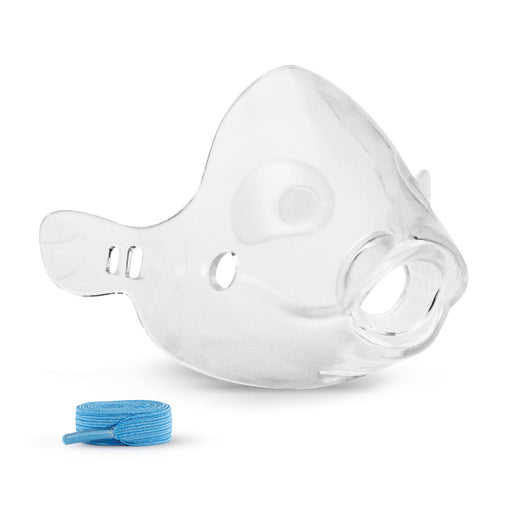
Treating Springtime Allergies and Asthma with a PARI Nebulizer
Spring is arguably the best time of year – unless you struggle with seasonal allergies or cough-induced asthma, that is. Allergies and asthma can make this time of year unbearable for some. Fortunately, several allergy medications and asthma treatment options can help patients manage their respiratory symptoms. Many of these may be used in conjunction with nebulizers to treat spring-induced respiratory flare-ups.
Enjoy springtime again with clinically proven nebulizers for asthma and allergy season! Here’s everything you need to know about nebulizer treatments for spring allergies and asthma.
Allergies vs. Asthma
More than 50 million people in the United States have allergies, according to the Asthma and Allergy Foundation of America (AAFA), making this the sixth leading cause of chronic illness in the nation. An allergy is when the body’s immune system overreacts to the presence of a harmless substance.
Seasonal allergic rhinitis, commonly known as hay fever, typically causes symptoms in the spring, summer, and early fall. Symptoms of seasonal allergic rhinitis typically develop as the result of allergic sensitivity to pollens from grasses, weeds, trees, or airborne mold spores.
Allergy symptoms are similar to a cold, and can include:
- Sneezing
- An itchy, runny, or stuffy nose
- Itchy, red, or watery eyes
- A cough
- Itchiness of the roof of the mouth
Allergies can also cause inflammation in the lungs, which can result in chronic coughing, wheezing, shortness of breath, and other breathing problems.
Treatment for respiratory problems associated with allergies focuses on opening up the airways. Medications include bronchodilators, which relax the muscles around the airways, thereby allowing opening them up to allow for easier breathing. Corticosteroids reduce inflammation.
Asthma is also a common condition, affecting about 20 million Americans, approximately 60% of which also have a condition known as allergic asthma, which causes the tightening of the airways after inhaling allergens.
Allergic asthma occurs because the substances that trigger allergy symptoms, such as pollen, animal dander, and dust mites, may also cause signs and symptoms of asthma. Skin or food allergies can also cause symptoms of asthma for some people.
Asthma symptoms can worsen suddenly during an asthma attack, also known as an exacerbation. During an asthma attack, the airways swell and produce extra mucus, which reduces the amount of space in the airways for air to flow into the lungs. The muscles around the airways also contract to narrow the breathing tubes even more. Symptoms of an asthma attack include cough, wheezing, and trouble breathing.
Prompt home treatment is the key to stopping an asthma attack. Treatment for an “asthma attack” focuses on opening the airways to make breathing easier.
Nebulizers for Springtime Allergies and Asthma
Effective treatments for springtime allergies and asthma often feature a nebulizer, which works to turn liquid medicine into an inhaled mist. The patient uses a mask or handheld mouthpiece to inhale the vapor directly into their lungs, where it works to relieve respiratory symptoms.
Several allergy and asthma medications are available to help patients manage their symptoms. These medications loosen the mucus in the lungs, making it easier to cough out the mucus. Allergy and asthma medications relax the airway muscles to allow more air to move in and out of the lungs.
Many of these medications can be taken orally. While these oral medications are potent, they can take a half hour (or more) to take effect.
Doctors often prescribe these medications in the form of handheld inhalers. Patients simply squeeze the inhaler and inhale a single-metered dose. However, handheld inhalers can be difficult to use, as the patient must time their breathing perfectly with the squeezing of the device. It may also be difficult for patients to inhale slowly and deeply enough to get the medication into their lungs – this is especially true if the patient is having an asthma attack or is having trouble breathing.
Nebulizer treatments make it easier for patients to get the most out of their seasonal allergy and asthma medications. The nebulizer machine vaporizes liquid medicine that the patient inhales through a mask or handheld mouthpiece.
Portable asthma nebulizers are especially useful for patients who want to optimize the benefits of their allergy and asthma medications on the go. Asthma attacks and allergies can happen at any time and anywhere, so every patient could benefit from a portable nebulizer machine for asthma.
The ideal portable nebulizer for asthma is easy to use, at home or on the go. The PARI Trek S nebulizer, for example, is compact, sturdy, and ready to be used anytime, anywhere.
Nebulizers make it easier to get the medication you need into your lungs to treat your springtime allergies and asthma. Contact your doctor to learn if a nebulizer is right for you.
SHOP CLINICALLY PROVEN NEBULIZER SYSTEMS & SUPPLIES
-
PARI LC Sprint Reusable Nebulizer Cup & Tubing: Speed & Comfort Combined
Original price $15.95 - Original price $15.95Original price$15.95$15.95 - $15.95Current price $15.95In stockOriginal price $15.95 - Original price $15.95Original price$15.95$15.95 - $15.95Current price $15.95 -
PARI LC Adult Aerosol Mask: Comfortable, Effective Medication Delivery
Original price $6.00 - Original price $6.00Original price$6.00$6.00 - $6.00Current price $6.00In stockOriginal price $6.00 - Original price $6.00Original price$6.00$6.00 - $6.00Current price $6.00 -
PARI LC Plus Reusable Nebulizer Cup & Tubing: Reliable Aerosol Delivery
Original price $15.95 - Original price $15.95Original price$15.95$15.95 - $15.95Current price $15.95In stockOriginal price $15.95 - Original price $15.95Original price$15.95$15.95 - $15.95Current price $15.95 -
Filters for PARI Vios, Ultra II, and Trek S System - 2 Per Package
Original price $9.45 - Original price $9.45Original price$9.45$9.45 - $9.45Current price $9.45In stockOriginal price $9.45 - Original price $9.45Original price$9.45$9.45 - $9.45Current price $9.45 -
PARI Trek S Portable Nebulizer System with LC Sprint: High-Quality On-the-Go Therapy
Original price $79.00 - Original price $189.00Original price$79.00 - $189.00$79.00 - $189.00Current price $79.00In stockOriginal price $79.00 - Original price $189.00Original price$79.00 - $189.00$79.00 - $189.00Current price $79.00 -
PARI Wing Tip Tubing: Secure, Tangle-Free Connection for Better Treatments
Original price $8.00 - Original price $8.00Original price$8.00$8.00 - $8.00Current price $8.00In stockOriginal price $8.00 - Original price $8.00Original price$8.00$8.00 - $8.00Current price $8.00 -
PARI PRONEB Max Nebulizer System with LC Sprint: Powerful & Efficient
Original price $99.00Original price $99.00 - Original price $99.00Original price $99.00Current price $84.99$84.99 - $84.99Current price $84.99In stockOriginal price $99.00Original price $99.00 - Original price $99.00Original price $99.00Current price $84.99$84.99 - $84.99Current price $84.99Sale -
Filters for PARI PRONEB Max System (2 Per Package): Clean, Efficient Treatments
Original price $9.95 - Original price $9.95Original price$9.95$9.95 - $9.95Current price $9.95In stockOriginal price $9.95 - Original price $9.95Original price$9.95$9.95 - $9.95Current price $9.95 -
PARI PRONEB Max Nebulizer System with LC Plus: Effective Heavy-Duty Therapy
Original price $99.00Original price $99.00 - Original price $99.00Original price $99.00Current price $84.99$84.99 - $84.99Current price $84.99In stockOriginal price $99.00Original price $99.00 - Original price $99.00Original price $99.00Current price $84.99$84.99 - $84.99Current price $84.99Sale -
PARI Bubbles Pediatric Aerosol Mask: Gentle, Fun Treatments for Kids
Original price $5.95 - Original price $5.95Original price$5.95$5.95 - $5.95Current price $5.95In stockOriginal price $5.95 - Original price $5.95Original price$5.95$5.95 - $5.95Current price $5.95

